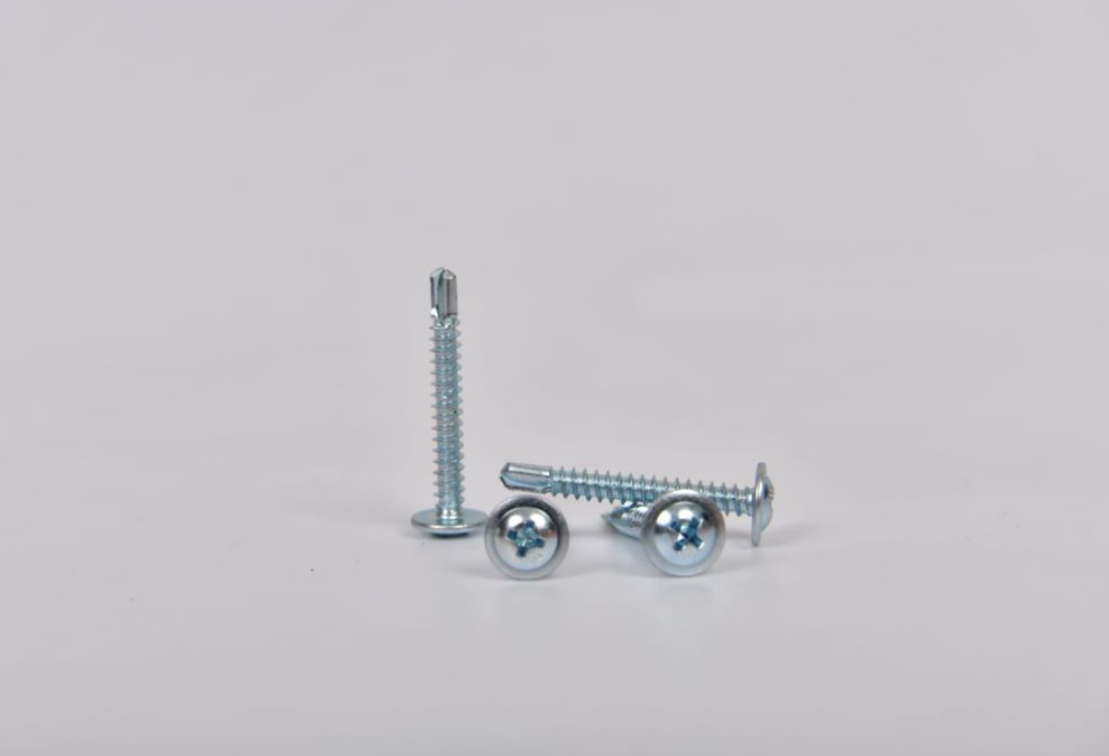flat washer size guide manufacturer
Understanding Flat Washer Size Guide A Manufacturer’s Perspective
When it comes to mechanical assembly and construction, flat washers play an essential role. These simple yet vital components are used to distribute load, reduce friction, prevent damage to surfaces, and provide insulation between fasteners and workpieces. As a manufacturer, having a comprehensive understanding of flat washer sizes and their specific applications is crucial for ensuring both performance and safety in any project.
What is a Flat Washer?
A flat washer is a disc-shaped piece of hardware with a hole in the center, designed to be placed under a nut or bolt head to spread the force over a larger surface area. This helps to prevent the fastener from pulling through the material, protecting it and the integrity of the assembly. Flat washers are typically made from metals like steel, stainless steel, or aluminum, but can also be found in plastic or rubber compositions for specific applications.
The Importance of Size
Selecting the correct washer size is critical to the success of any fastening task. The key sizes to consider are
1. Outer Diameter (OD) This is the overall diameter of the washer. A larger OD provides a broader surface area to distribute the load, which is particularly important in softer materials that could be easily damaged.
2. Inner Diameter (ID) This is the hole diameter through which the bolt or screw passes. It must match the size of the fastener to ensure a proper fit.
3. Thickness This refers to how thick the washer is, which influences its ability to withstand compression and load. Thicker washers can better absorb shock and prevent surface damage.
Choosing the correct dimensions helps to ensure that the washer will function optimally without failure. An undersized washer may not provide adequate support, while an oversized washer can lead to misalignment and loss of fastening integrity.
Common Standards and Measurements
flat washer size guide manufacturer

Flat washers come in various standard sizes, usually defined by the American National Standards Institute (ANSI) or the International Organization for Standardization (ISO). Manufacturers typically reference specific size guides to align with industry standards, which eases the selection process.
For example, common ANSI flat washer sizes include
- Washer Size 1/4 inch, 3/8 inch, 1/2 inch, 5/8 inch, etc. - OD and ID Each size will have a corresponding outer diameter and inner diameter that complements the fastener size.
When sourcing washers, it’s vital to refer to a comprehensive size guide that includes all relevant specifications. This ensures that product designs adhere to established standards and fit compatibility.
Material Considerations
Not only does size matter, but so does the selection of material. Depending on the intended application, manufacturers must choose washers made from materials that provide the required durability and resistance to corrosion, heat, or chemicals. For instance
- Stainless Steel Optimal for environments prone to rust and corrosion. - Aluminum Lightweight and resistant to corrosion, ideal for applications where weight is a concern. - Plastic or Rubber Suitable for insulating electric components.
Each material’s intrinsic properties affect not only the washer’s performance but also its longevity in specific environments.
Conclusion
As a manufacturer, a solid grasp of flat washer sizes and the associated specifications is vital for delivering quality products that meet customer expectations. Understanding the functional importance of outer diameter, inner diameter, and thickness in conjunction with material selection ensures that every application is adequately supported.
With the right information and resources, manufacturers can enhance their assembly processes and provide better fastening solutions. By investing time in studying flat washer size guides and adhering to industry standards, we can improve the reliability and effectiveness of mechanical connections across various sectors, ultimately contributing to the safety and durability of the structures we build.
-
Top Choices for Plasterboard FixingNewsDec.26,2024
-
The Versatility of Specialty WashersNewsDec.26,2024
-
Secure Your ProjectsNewsDec.26,2024
-
Essential Screws for Chipboard Flooring ProjectsNewsDec.26,2024
-
Choosing the Right Drywall ScrewsNewsDec.26,2024
-
Black Phosphate Screws for Superior PerformanceNewsDec.26,2024
-
The Versatile Choice of Nylon Flat Washers for Your NeedsNewsDec.18,2024










